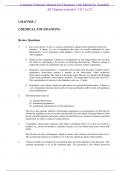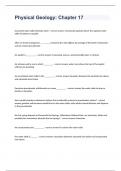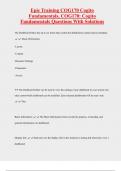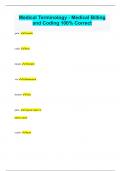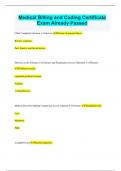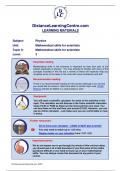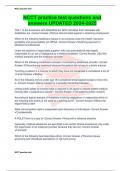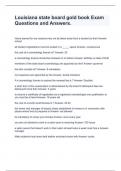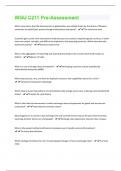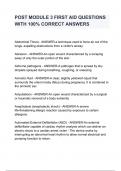Exam (elaborations)
Solutions Manual for Chemistry, 13th Edition by Steven S. Zumdahl
Complete Solutions Manual for Chemistry 13e 13th Edition by Steven S. Zumdahl, Susan A. Zumdahl, Donald J. DeCoste. ISBN-13: 0671 Full Chapter Solutions are included - Chap 1 to 22 (Complete Chapters) 1. Chemical Foundations. 2. Atoms, Molecules and Ions. 3. Stoichiometry. 4. Types of Chem...
[Show more]
